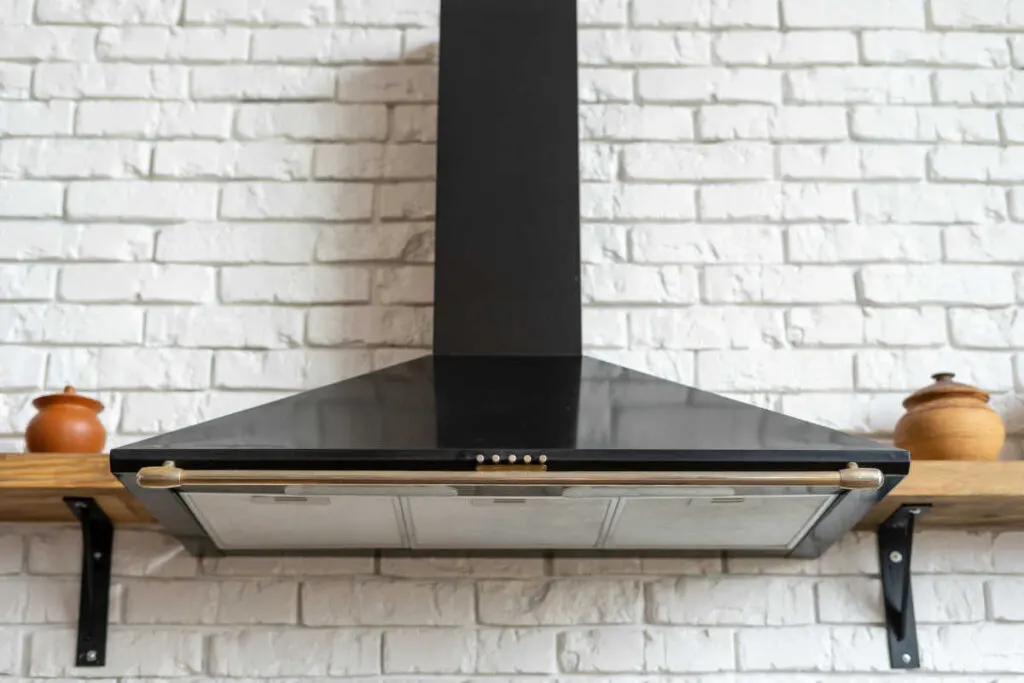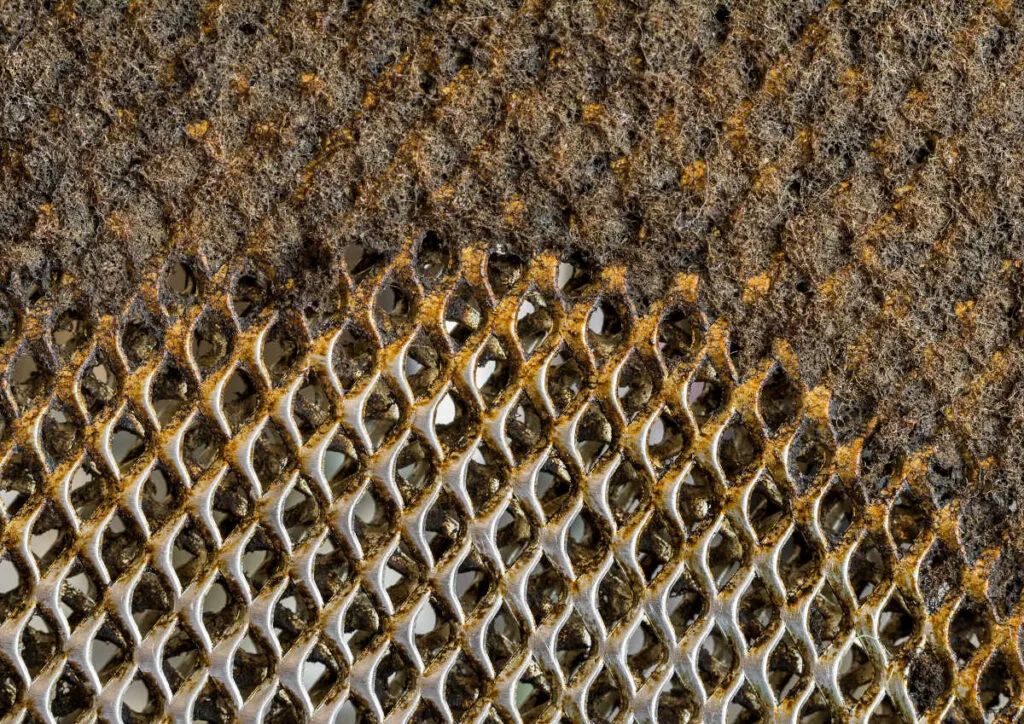So you are fed up with the constant dripping of the range hood and staining your range. There can be quite a few reasons why it is happening.
I will help you get to the bottom of the problem once and for all!
The range hood is dripping because of condensation inside the exhaust duct. The condensation occurs if – warm and moist indoor air comes into contact with a cold surface. In this case the exhaust duct wall.
The Moist air will condensate when the temperature of the duct wall is at or under the dew point. This is why this is a “winter problem”
There can be many reasons why the duct is cold and causes oily water to drip from the range hood.
We will discuss all possible reasons in detail so you can find out exactly which one is the culprit in your kitchen.
I will start from the most common problem and work my way down to the least common.
Leaking/Missing Backdraft Damper
This is by far the most common reason why the duct is cold and leads to greasy liquid dripping down.
A backdraft damper is a simple flap that is operated either by gravity or a spring. It will keep the duct working as it should. Open only to the outside and only when the range hood is running. This will keep wasps and other insects out of your house and ventilation system.
Here is an helpful guide if you would like to learn more about ventilation dampers.
When the range hood is turned off the flap must be in a closed position. This means that no outside air should leak in.

Related Article: 8 Reasons Why A Range Hood Is not Effective
However, most dampers on the market are of very poor quality. Some don’t even have rubber seals, it’s just metal against metal.
Don’t even get me started on the gravity-operated dampers. In order for them to create even a remotely tight air seal, they require the duct angle to be just right.
If the pitch is just a little off they will not completely close and that can be the cause of your dripping range hood.

I strongly recommend against using gravity-operated dampers. (Pictured above)
They can make the range hood drip, waste energy, and make the range hood noisy when it is windy outside.

I highly recommend AC infinity dampers (Amazon link). They use quality rubber seals to prevent noise and any air leaks. This ensures that the duct stays warm so that the range hood won’t drip.
They have dampers from 4 to 8 inches to fit most applications.
Even if you have an external damper on the wall you can still use this, just install it right after the range hood. Since it is spring operated it can be mounted both horizontally and vertically.
Poor Duct Insulation
It is important to insulate the range hood duct the entire way to the external termination point(roof or wall vent).
The insulation must cover the duct 100%. There can be no gaps.
Condensation can occur even if there are small spots where insulation is missing or inadequate.
Warm indoor air will hit the cold spot and condense to water. This condensed water will run down the duct and eventually it will end up as an oily liquid dripping down from your range hood.
There are three options to insulating the ventilation duct. I will shortly go through each so you can decide what’s the right solution for you.
Insulate Your Existing Duct
You might be tempted to try and save money by using regular fiberglass and using zip-ties to wrap it around the duct. Unfortunately, it is quite difficult to get 100% coverage doing this.
The good news is that there are many options available that work great.

One of them is foil-backed cotton duct wrap(amazon link). This works great for people with allergies since it won’t emit dust like fiberglass.
Be aware though that it is quite thin, so you need to wrap at least two layers on the duct.
Make sure you buy quality aluminum tape for the seams. Otherwise, over time the adhesive will let go and you will have to climb to the attic once more 🙂 let’s be honest, nobody wants to go there more than absolutely necessary.
Install Pre Insulated Duct

Depending on how your duct is installed this might be the easiest option.
Warning: Flex ducts are not approved by code in many places. Check local building code before installing one.
Often there is not very much room in the attic to wrap insulation around the duct.
When space is limited, and you are uncomfortable it is difficult to get a good result. Since the insulation must cover the entire duct it might be easier to disconnect the old duct and install a new pre-insulated duct(amazon link)
A new duct might be a good idea if yours is very old, or has been used without fat filters(think grease on the walls). This can be a fire hazard.
It’s best to buy at least 1 ft more than you think you need, don’t forget the clamps and check the duct dimension before ordering.
Dirty Fat Filters
So you have confirmed that the damper and insulation are fine. Why else can the range hood drip?
Then it must be the fat filters. If left uncleaned for too long they can actually start dripping grease. Although this requires them to be extremely dirty.
Luckily they can be very easily cleaned.
Just throw them in the dishwasher, set the highest temp program, and let the machine take care of the grease.
A dirty fat filter combined with poor duct insulation will make the dripping liquid very nasty. It will be almost like used deep fryer oil from your local fast food joint.

If your fat filters are fine and the range hood is still dripping then go back and check the insulation and damper since they must be the reason it is dripping.
Overly Long Duct
Like all exhaust systems, range hoods have a maximum allowable ducting length based on what distance the system can carry the air outdoors effectively. If the ducting is too long, then the air slows too much before reaching the outdoors.
All that hot and contaminated air that you were trying to exhaust condenses in the ducts and can run back down through the range hood.

